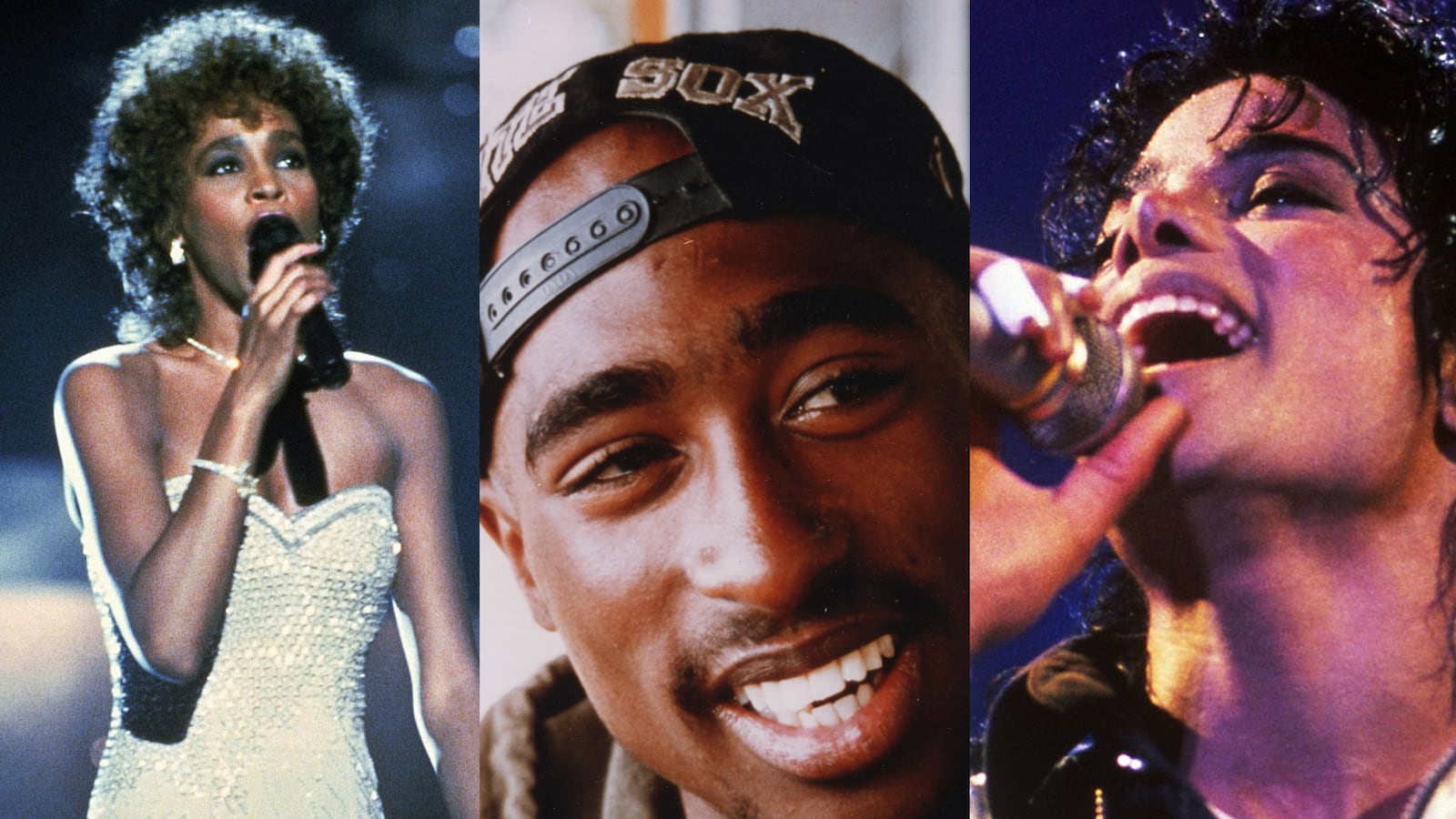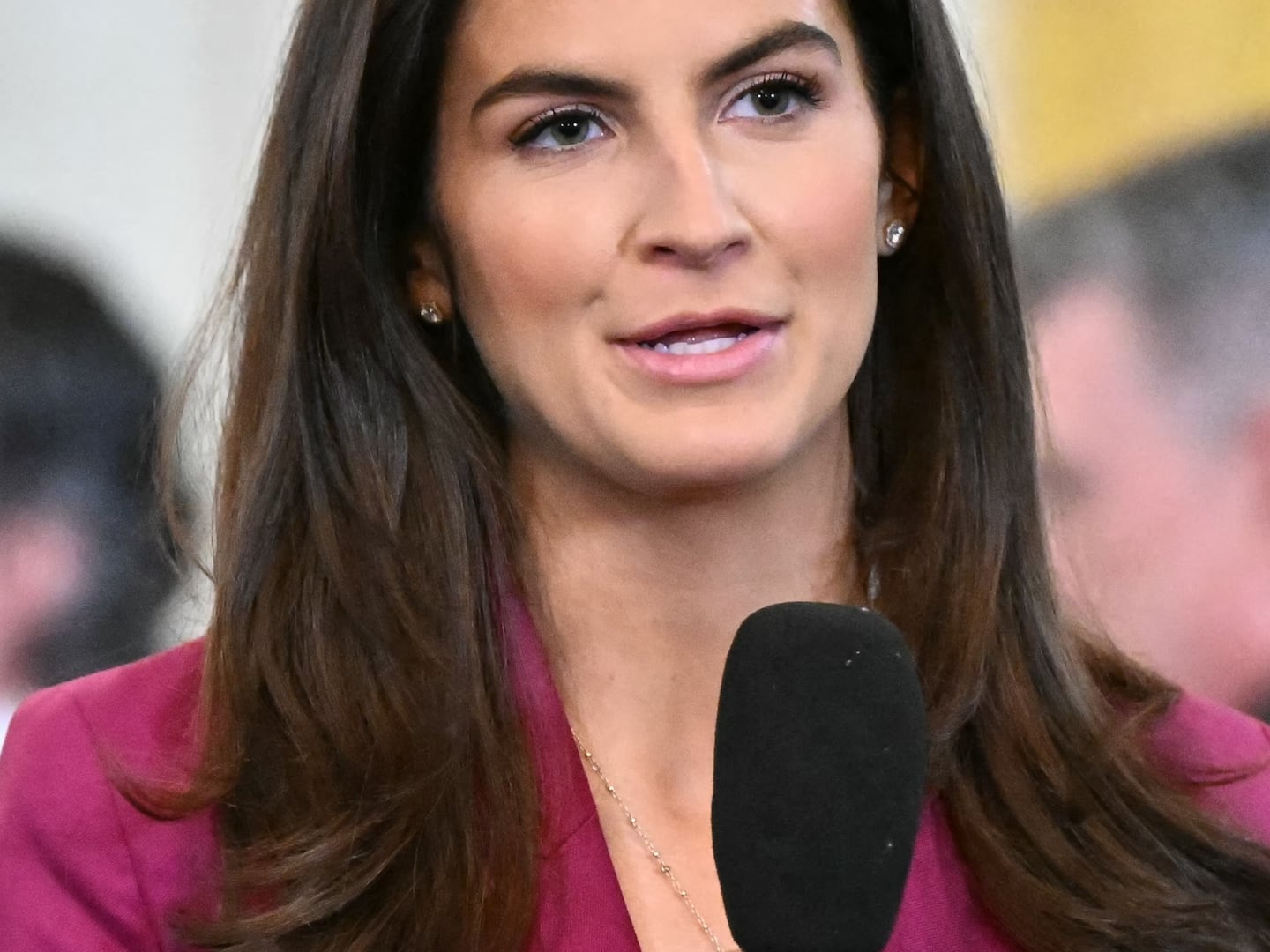I can predict, with 100 percent certainty, that hottest movies this weekend will be the latest releases. The same is true in books. I don’t even need to look at The New York Times bestseller list to know that it is filled with recent titles. Clothes are the same. I don’t have to read Vogue or GQ to figure out that the hottest fashions are the newest fashions.
Consumers love new stuff. The first thing you learn when selling to a mass audience is, the trend is your friend. The latest is the greatest. The oldie is for the moldy.
Except in music.
In a bizarre development, largely ignored by the music press, old songs are now outselling new ones. Nielsen reports that 123 million catalog albums (defined as more than 18 months old) were sold last year, versus 119 million new releases. The same trend is evident in the purchase of digital tracks: 485 million old songs were sold versus 480 million new ones.
Only a decade ago, new albums outsold old ones by 150 million units. What a change! If this trend continues—and there’s no reason to think it won’t—new music will become a kind of niche category. A minority of fans will pay attention to new bands and up-and-coming artists, but most people will live happily among those moldy oldies.
Imagine if this same phenomenon were happening in other spheres of pop culture. Could you envision TV audiences preferring reruns over new fare? Can you picture people at the movie theaters lining up to watch films from 5 or 10 years ago? Or audiences on Broadway trading their tickets to Hamilton to see a revival of Fiddler on the Roof?
But that’s exactly what’s taking place in the music business. Even the highly touted new albums nowadays are often by old artists. I am stunned by how many musicians in their seventies (or older) are enjoying mega-hits in 2016. Paul Simon, age 74, just achieved his best chart position in 29 years with his latest album Stranger to Stranger. A few days ago, Eric Clapton was on top of the Billboard rock chart with I Still Do. Bob Dylan’s Fallen Angels took top place in the Folk/Americana category.
Ah, they are youngsters compared to Tony Bennett, who took away a Grammy for pop vocals at the most recent awards ceremony. Bennett turns 90 on August 3, and look for a big celebration and huge media coverage. I love his music … but ask yourself, how many 90-year-olds are big draws in movies, TV, and other creative fields?
It’s not just albums. The most talked about concert of the summer is the Desert Trip Festival, where a bunch of senior citizens (McCartney, Dylan, Stones, etc.) will entertain audiences in Indio, California. Tickets on the resale market will cost you $3,000.
What happens when these old-timers all die? Strange to say, they will still give concerts and sell tickets. We are in the early days of holograms performing in front of live audiences, but the situation is evolving rapidly. Many fans dismiss the whole idea is a stunt or a sci-fi concept, and certainly not a significant threat to musicians who depend upon live gigs to pay their bills. But the skeptics need to think again.
Just a few days ago, a Japanese hologram Hatsune Miku sold out two performances in New York. She’s not a person; she’s a digital construct. We’ve already seen zombie Tupac Shakur (at Coachella) and a resurrected Michael Jackson (at the Billboard Music Awards). More dead artists will soon strut the stage.
A planned collaboration between Christina Aguilera and the late Whitney Houston, planned for NBC’s The Voice, was recently vetoed by the dead singer’s estate. But this is only a delay—due to the poor quality of the hologram enactment. Once the quality improves, dead Whitney Houston will go on tour.
Did Elvis die before you were born? No worries, my friend. He might be headlining at a Las Vegas casino in the not-so-distant future. Do you want to see a Beatles reunion? I once thought I’d have to get to heaven for that concert, but that’s not true anymore.
And what happens when the cost of this technology starts to drop? Elvis won’t just be singing on the Las Vegas strip, but maybe at your local bar and grill. Why hire an Elvis impersonator, if you can get the real thing—well, at least as real as a hologram can be—for a small capital investment?
Here’s my prediction: within ten years, dead musicians will generate more total revenues than living ones.
Technology started by changing the rules of recorded music. The entertainment industry sat and watched while Silicon Valley companies took over the downstream distribution of albums and tracks. The record labels had no plan, they had no innovations of their own, so they allowed Apple, Amazon, Spotify, and YouTube to dominate the competitive landscape.
Well, now the same thing is coming to live performances. Don’t think for one minute that the executives in the entertainment industry have a clue what is coming or what they should do about it.
If they knew what they were doing, they would have already stopped this zombie invasion. They would have nurtured and built careers for the most promising young artists and bands, and created a music ecosystem that could support rising talent—the living breathing kind, not the digital constructs. Instead, they have overseen a tremendous narrowing of the business, in which the same stale sounds are regurgitated again and again, and hype and spin are passed off as wisdom from the mountaintop.
Don’t get me wrong. I listen to new music every day, and I marvel at the talent on display. But most of the great young artists in the year 2016 are lost in the shuffle, marginalized by an entertainment industry that thinks in terms of vapid lifestyle categories, tired formulas, and marketing gimmicks.
So I don’t feel sorry for the music execs, many of whom will lose their jobs because of the zombification of music. But I do worry about the younger musicians, who should be given a better platform for competing against the living dead, and for the fans most of all. They deserve a living, breathing music scene, not singing corpses.






